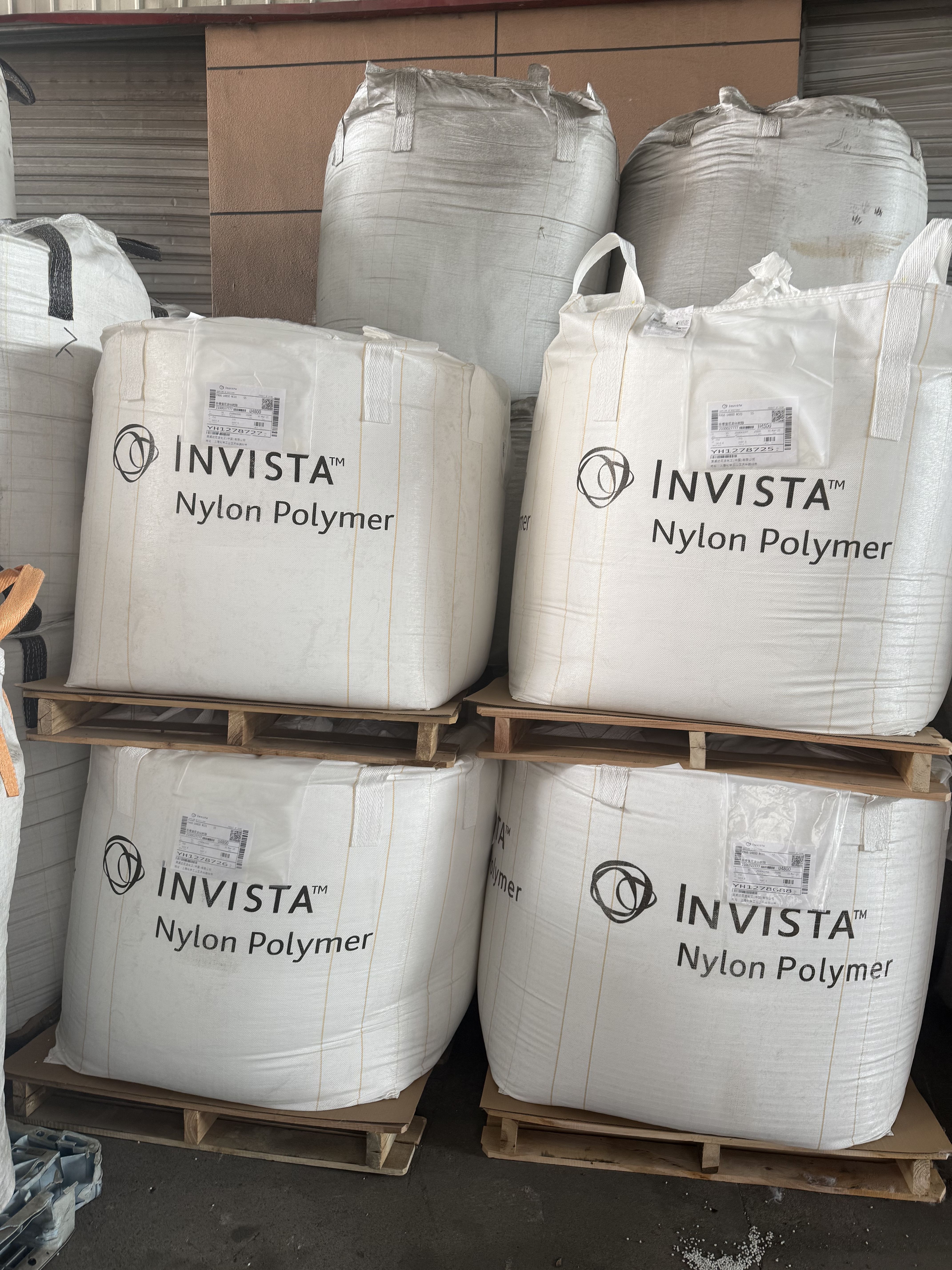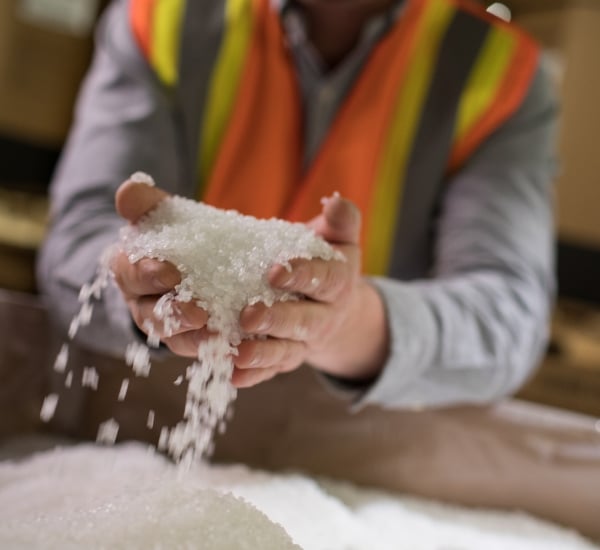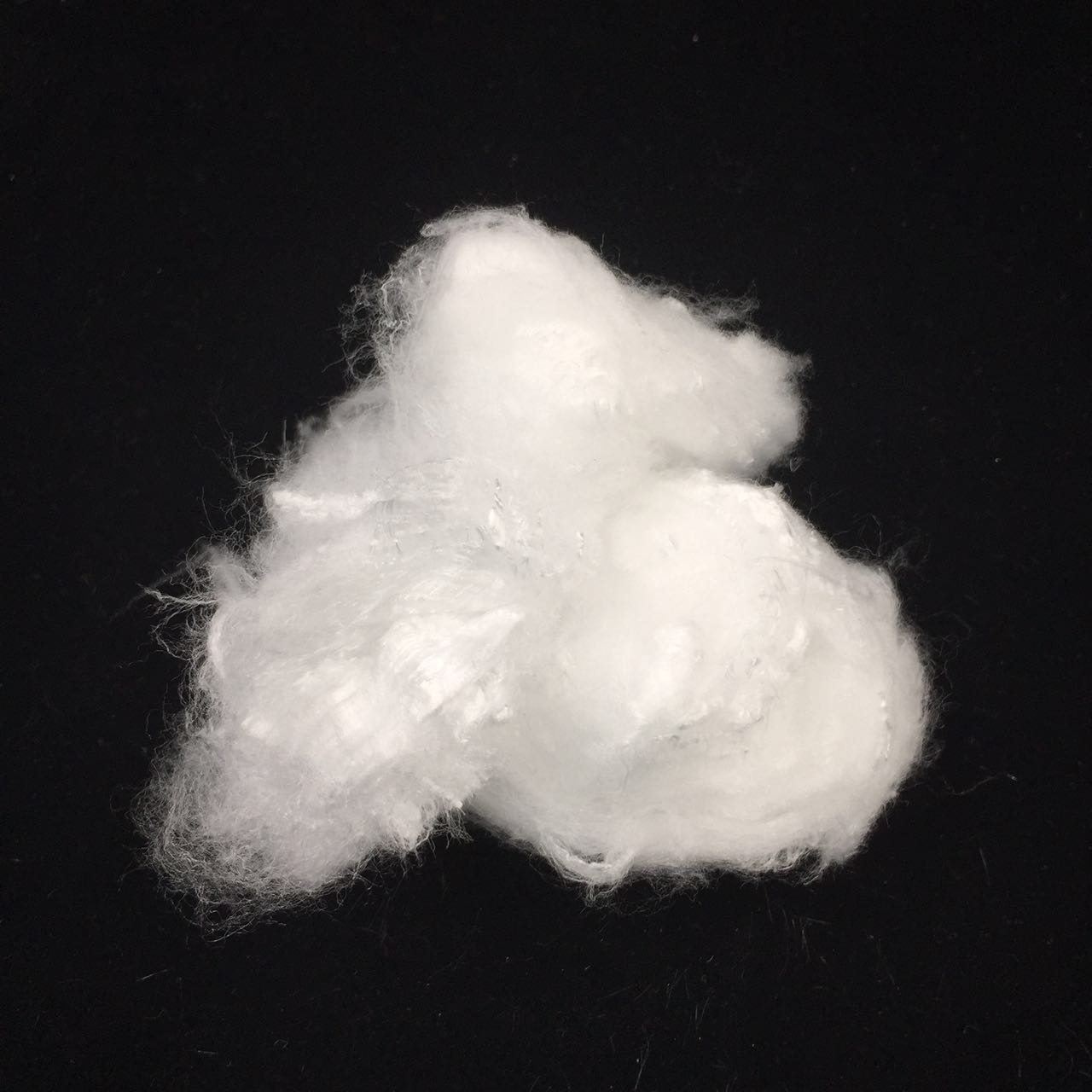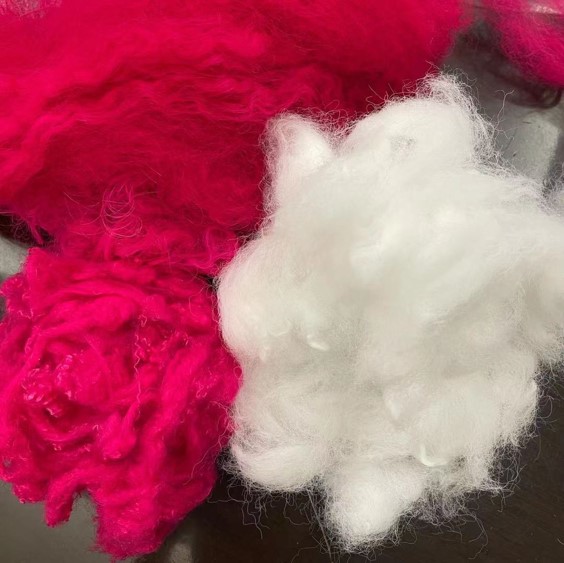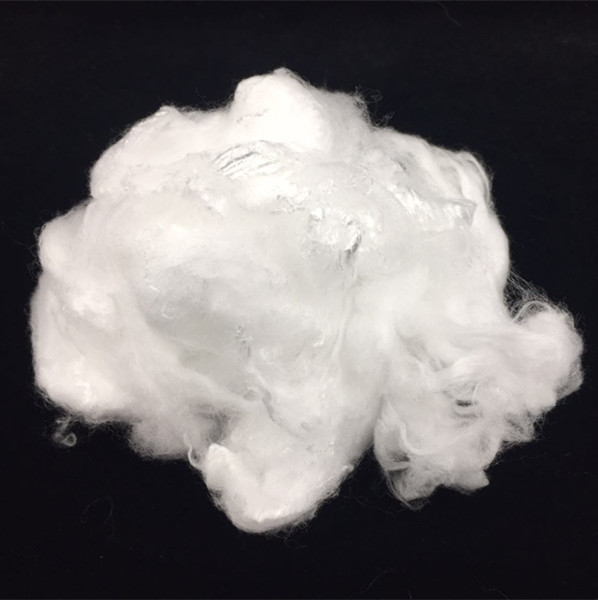Exploring Modern Textile Choices: From Nylon Fiber to Luxurious Alpaca
In the vast world of textiles, consumers and designers are constantly seeking the perfect balance of performance, comfort, and sustainability. For decades, synthetic materials like nylon fiber have been a go-to for their durability and affordability. However, as awareness grows around natural alternatives, fibers like alpaca are gaining significant attention for their unique properties and luxurious feel. Let's delve into why alpaca fiber, particularly innovative options like our Alpaca Style fibers, presents a compelling choice when considering textile options.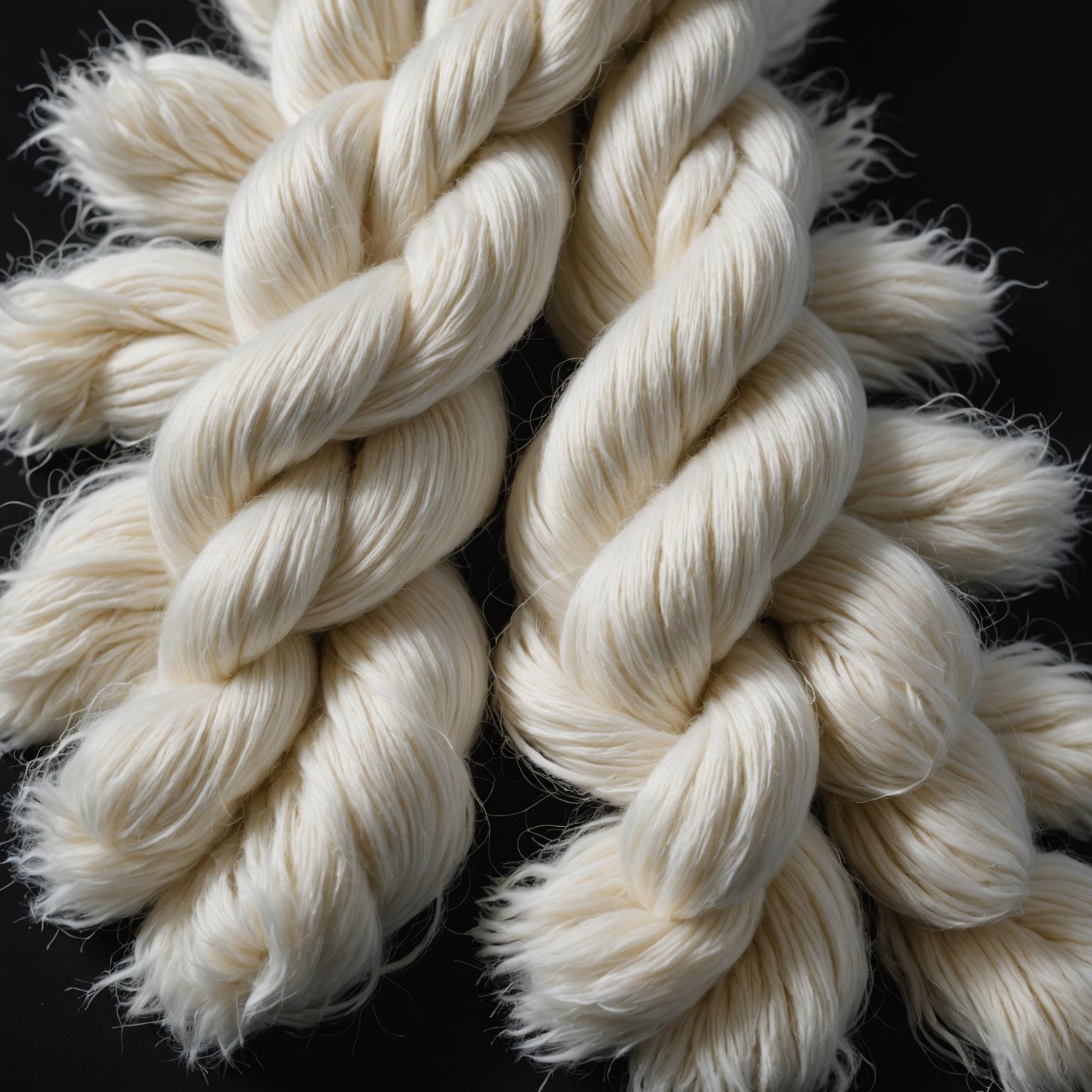
Understanding Alpaca Fiber and Its Varieties
Alpaca fiber comes from the alpaca, a South American camelid renowned for its soft and lustrous fleece. There are generally two main types of alpaca fiber: Suri, which is silky and lustrous with long, pencil-like locks, and Huacaya, which is denser, crimpy, and more sheep-like, often described as spongy. Our innovative Alpaca Style material captures the essence of this natural wonder, invoking the rugged warmth and smooth texture of natural alpaca fibers. It's engineered to be slightly denser, making it an excellent option for cozy winter wear while boasting enhanced durability and resistance to pilling, maintaining its silky softness and refined sheen over time.
Nylon vs. Alpaca: Making an Informed Decision
When comparing nylon vs alpaca, several key differences emerge. Nylon, a synthetic polymer, is known for its strength, elasticity, and resistance to abrasion and chemicals. It's often used in activewear, hosiery, and industrial applications. However, it's not particularly breathable, can feel clammy against the skin, and its production is reliant on petrochemicals.
Alpaca fiber, on the other hand, offers a different set of advantages:
1. Softness: Alpaca is incredibly soft, often compared to cashmere, and is generally hypoallergenic due to its lack of lanolin.
2. Thermal Properties: It provides excellent insulation, keeping you warm in the cold and cool in the heat due to its hollow core.
3. Durability: Alpaca fibers are strong and resilient. Our Alpaca Style, for instance, proudly resists pilling and wear.
4. Moisture-Wicking: Alpaca naturally wicks moisture away from the body, enhancing comfort.
5. Eco-Friendliness: Alpacas have a gentler impact on the environment compared to other livestock, and their fiber is a renewable resource. Traditional nylon fiber production, conversely, is more energy-intensive.
Key Alpaca Fiber Properties
Delving deeper into alpaca fiber properties, its luxurious nature is undeniable. The fineness of the fiber contributes to its exceptional softness, making it comfortable even for sensitive skin. Its natural luster gives garments a beautiful sheen. Alpaca fiber is also lightweight despite its warmth, making it ideal for layering without bulk. Furthermore, it's naturally water-repellent and flame-resistant, adding to its practical benefits. The inherent strength of alpaca means that products made from it are long-lasting, offering excellent value over time. Our product line, featuring innovations like the Alpaca Style and the Angora Type fibers, aims to harness these desirable properties while enhancing them through modern production methods that align with sustainable standards.
The Manifold Benefits of Choosing Alpaca Fiber
The alpaca fiber benefits extend beyond just comfort and aesthetics. Its hypoallergenic nature makes it a suitable choice for individuals who are sensitive to sheep's wool. The excellent thermal regulation means alpaca garments are versatile across different climates. From a sustainability perspective, choosing alpaca supports environmentally conscious practices. Alpacas are efficient grazers, and their soft hooves do less damage to pastureland. The variety of natural colors available in alpaca fleece (over 22 shades) can also reduce the need for dyeing, further lessening environmental impact. When you opt for materials like our Alpaca Style, you're choosing robust sophistication combined with the core benefits of traditional alpaca, ensuring style with conscience. Innovations like our UltraLight AeroFibra Threads and MicroLux Filament™ further showcase our commitment to pushing the boundaries of textile technology, offering materials that merge intelligence, luxury, and purpose.
Conclusion: Elevating Your Textiles with Alpaca
While nylon fiber has its place, the unique combination of luxury, performance, and sustainability offered by alpaca fiber makes it an increasingly popular choice. Whether you are drawn to traditional alpaca or innovative solutions like our Alpaca Style fibers, which provide enhanced durability and a refined sheen, the advantages are clear. For those seeking materials that offer unparalleled softness, warmth, and a gentle touch on the planet, alpaca fiber stands out as a premier option, redefining comfort and elegance in modern textiles.



